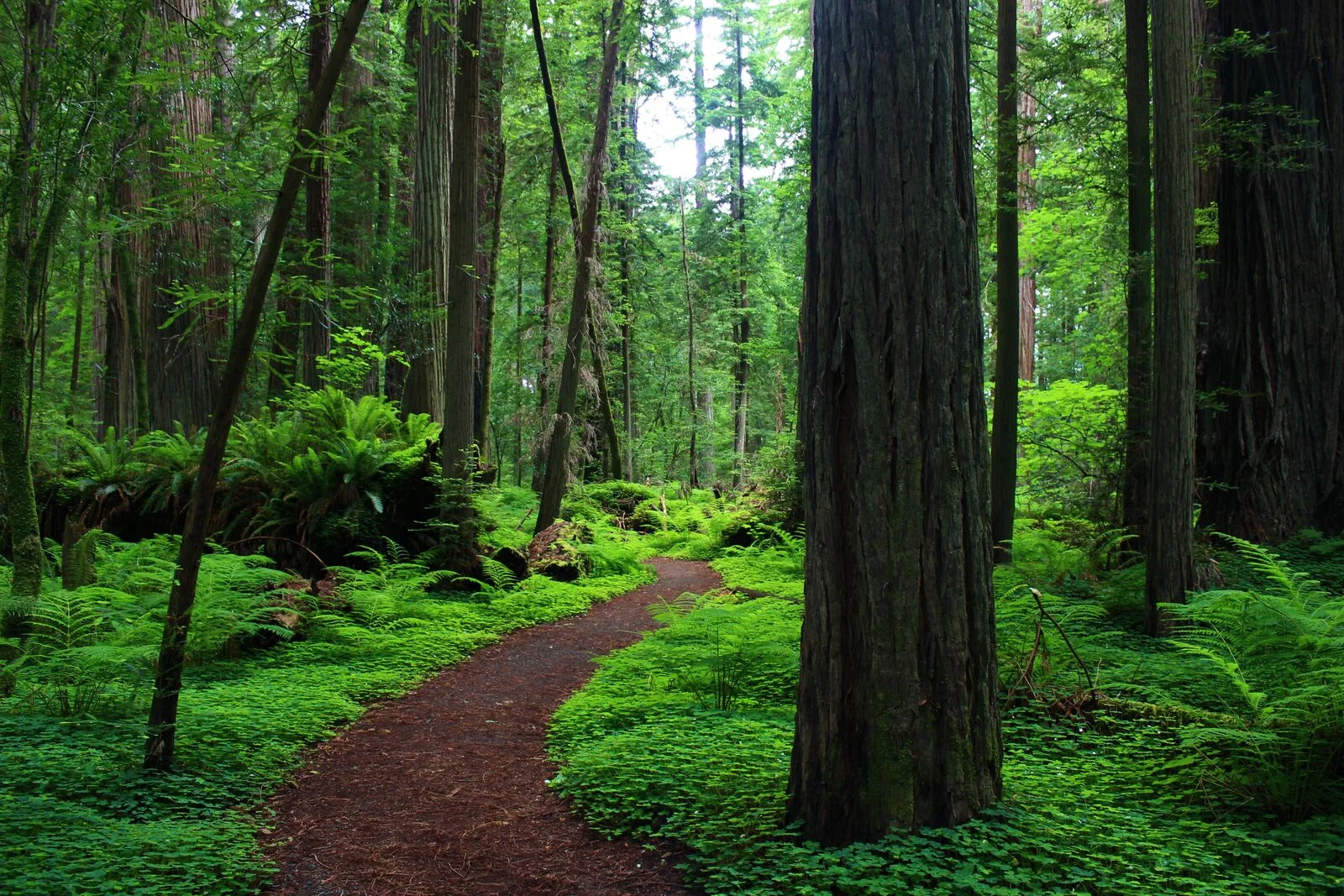2018 Nav-X Challenge @ Big Basin
Update: Event Schedule Shifted 30mins later than originally posted
Update: Course Setter Notes - Click Here
Quick Info
- Date: Saturday, May 19, 2018
- Location: Gazos Creek Picnic Area in Big Basin Redwoods State Park
- Event Director: Dennis Wilkinson (contact)
- Course Director: Misha Kreslavsky
- Courses: 2 & 4h Map Trek
List of Registered Entrants
Follow this link to an updated list of entrants.
Event Summary
The third event in the 2018 Nav-X Challenge series brings us back to the majestic redwoods of the Santa Cruz mountains. The course will offer challenging strategic and tactical choices for any navigation sports enthusiast, whether you are looking for a scenic 2 hr hike or a 4 hr endurance race against some of the best in the west. Misha Kreslavsky of BAOC is designing the courses.
Schedule (UPDATED TIMES BELOW - 30MINS LATER THEN ORIGINALLY POSTED)
| Time | Long Course - 4h | Short Course - 2h |
|---|---|---|
| 8:30 | Event Check-in (and Day of Event Registration) | |
| 9:30 | Event Check-in (and Day of Event Registration) | |
| 9:45 | Event Briefing | |
| 10:00 | Mass Start | First timer Clinic |
| 10:45 | Event Briefing | |
| 11:00 | Mass Start | |
| 13:00 | Finish | |
| 13:30 | 2h Awards | |
| 14:00 | Finish | |
| 14:30 | 4h Awards |
New to Map Trekking or Rogaining?
Map Trekking is a “Navigation Sport” that has elements of a few other sports and activities like Trail Running, Fell Running (XC hill running), Hiking, Orienteering and Geo Caching. More specifically, Map Trekking is a time-based challenge, 2 hrs or more in length, where participants try to score as many points as possible within the time allowed, by visiting checkpoints scattered across a vast, wild landscape. Participants are free to decide which checkpoints to visit, and in what order. Typically, a set time is allowed before the start for participants to study the map, and determine their route. Participants travel on foot and navigate their chosen route using the map and a compass (No GPS allowed except for recording your track). A late finish comes with point penalties, adding another layer of challenge to the sport. Checkpoints vary in difficulty and the point value reflects the same, so that easy ones yield a lower point value than difficult ones. To encourage beginners, course setters typically provide plenty of easy checkpoints near the start and finish location.
Venue / Park Info
Established in 1902, Big Basin Redwoods is California’s oldest state park. In the heart of the Santa Cruz Mountains, its biggest attractions—literally—are its ancient coast redwoods. Some of these giants are more than 50 feet around and as tall as the Statue of Liberty. At 1,000 to 2,500 years old, some may predate the Roman Empire. The park also offers spectacular views of the Pacific Ocean, lush waterfalls, and a fascinating natural and cultural history. Home to the largest continuous stand of ancient coast redwoods south of San Francisco, park vegetation consists of old-growth and recovering redwood forest, with mixed conifer, oaks, chaparral, and riparian habitats. Elevations in the park vary from sea level to over 2,000 feet. The climate ranges from foggy and damp near the ocean to sunny, warm ridge tops.
About the Map
The map was produced by the Bay Area Orienteering Club. Its scale is 1:10,000, meaning that 1 cm on the map is 100 m in the terrain. The contour interval (elevation between two contour lines) is 6 m (~20 ft). It has rather poor quality with respect to Orienteering standards. However, roads, trails, paths, streams, pole lines, major topographic features and large areas of dense vegetation are mapped well and you may rely on them. The course for this event is planned such that you may navigate using only these reliable features. Do not rely on minor topographic features, fallen trees, small green patches and other details.
Terrain can be steep: the steepest slopes are difficult to cross in any direction. The forest is walkable off-trail, but can be difficult to run because of fallen trees, branches, or steepness, even where it is mapped as runnable (white).. Long major reentrants and canyon floors with streams are usually very difficult to run, unless there are mapped trails or paths. The largest streams may be difficult to cross, unless there are mapped bridges. Check the stream next to the assembly area. The majority of controls are close to trails, paths and roads, which often are sensible route choices even for seasoned orienteers.
There are several “out of bound” areas marked on the map. They include residential areas, active campgrounds, and the area around the interpretive trail. Do not enter these areas. Depending on your plan, some sensible routes might cross these areas, however, there are always easy and equally fast routes on trails and roads that do not cross them. You may use the paved roads crossing the residential areas and campgrounds, as well as the “official” trail at the northern edge of the interpretative trail area.
Highway 236 is also marked as “out of bounds”. Running / hiking along this road is dangerous and not allowed. Crossing this road is allowed in any place, but be very careful. Depending on your plan, some sensible routes may be along Hwy 236 in the southern part of the map, however, there are easy and equally fast routes on trails parallel to the road; use them instead. There are no sensible routes along Hwy 236 in the northern part of the map. All other paved roads may be used; be careful, because there is some traffic on them.
Courses & Divisions
There will be two courses offered:
- 2 hr Map Trek
- 4 hr Map Trek
Participants can compete in the following divisions:
- Junior (19 & Under, 1-5 person teams)
- Open Female (20-49, 1-5 person teams, All-female)
- Open Male (20-49, 1-5 person teams, All-male)
- Open Mixed (20-49, 2-5 person teams, mixed Male-Female)
- Masters Female (50 and up, 1-5 person teams, All-female)
- Masters Male or Mixed (50 and up, 1-5 person teams, All-male)
- Masters Mixed (50 and up, 2-5 person teams, mixed Male-Female)
- Family - Adults (20+) + children (12 & under)
Results from this event count toward the 2018 Series Championship.
PRICE
Early fees (25% off) through May 5th (via online registration). Regular fee is May 6th - May 16th (via online registration). Day of Event Registration is cash only.
Discounts for orienteering club members (BAOC/GCO/etc...), $4 for adults and $2 for juniors. Discount applied during online registration process.
For family teams (2-hr course only), it is required to have at least one adult (20 & over) and at least one child (12 & under). Children 12 & under race free. Children must be registered and accompanied by an adult.
Additional fees to rent an e-punch ($5) and/or compass ($2). Only one e-punch number or rental request is required per team. On the registration page, please enter "0" for e-punch number if you are not the first person registering for your team.
| Early Registration | Regular Registration | Day of Event Registration | ||||
|---|---|---|---|---|---|---|
| Course Length | 2h | 4h | 2h | 4h | 2h | 4h |
| Junior (19 & Under) | $11 | $19 | $13 | $21 | $15 | $25 |
| Adult (20+) | $23 | $38 | $26 | $43 | $30 | $50 |
REFUND POLICY
Refund policy: 100% refund up to 10 days before event. Future race credit 1-9 days before event. No refunds for no-show.
WHAT TO BRING
Wear what you would normally wear for a strenuous hike in Northern California. Here are some tips:
- Sturdy shoes with a good tread
- Long pants or gaiters
- Visor hat
- Compass (you may rent one for $2)
- ePunch (SI stick with 50 control capacity - you may rent one for $5 if you don’t have one)
- Pen and maybe a highlighter marker (for marking up your map and making notes)
- Water (enough for the time you will be out on the course)
- On the go snacks (energy bar, gel, etc.)
MAP AND DIRECTIONS
The “nominal” driving directions are the following: From I-880 or I-280 in the Bay Area take Highway 17 South, and go south over the Santa Cruz Mountains. Exit at Mt. Hermon Road in Scotts Valley, and go right (NW) 3 miles to the town of Felton. Two right turns at traffic lights will bring you to Highway 9 North. Proceed about 6 miles to the town of Boulder Creek. At stop sign turn left on Highway 236, and go 9 miles to the park headquarters (latitude, longitude 37.1723, -122.2221). There are many alternative routes. Drive carefully on winding mountain roads, have the headlights on.
Pay the $10 day-use fee at the entrance kiosk or at the park headquarters. Drive through the main parking lot and follow paved road to the picnic area. If the small parking lot there is full, continue straight ahead and park along the side of the road. (Please be considerate of others, and park closely.) The picnic area has tables, barbecues, and restrooms with flush toilets and running water. Groups who may want to spread out a little more can drive across the bridge, and claim one of the picnic areas on the other side.

